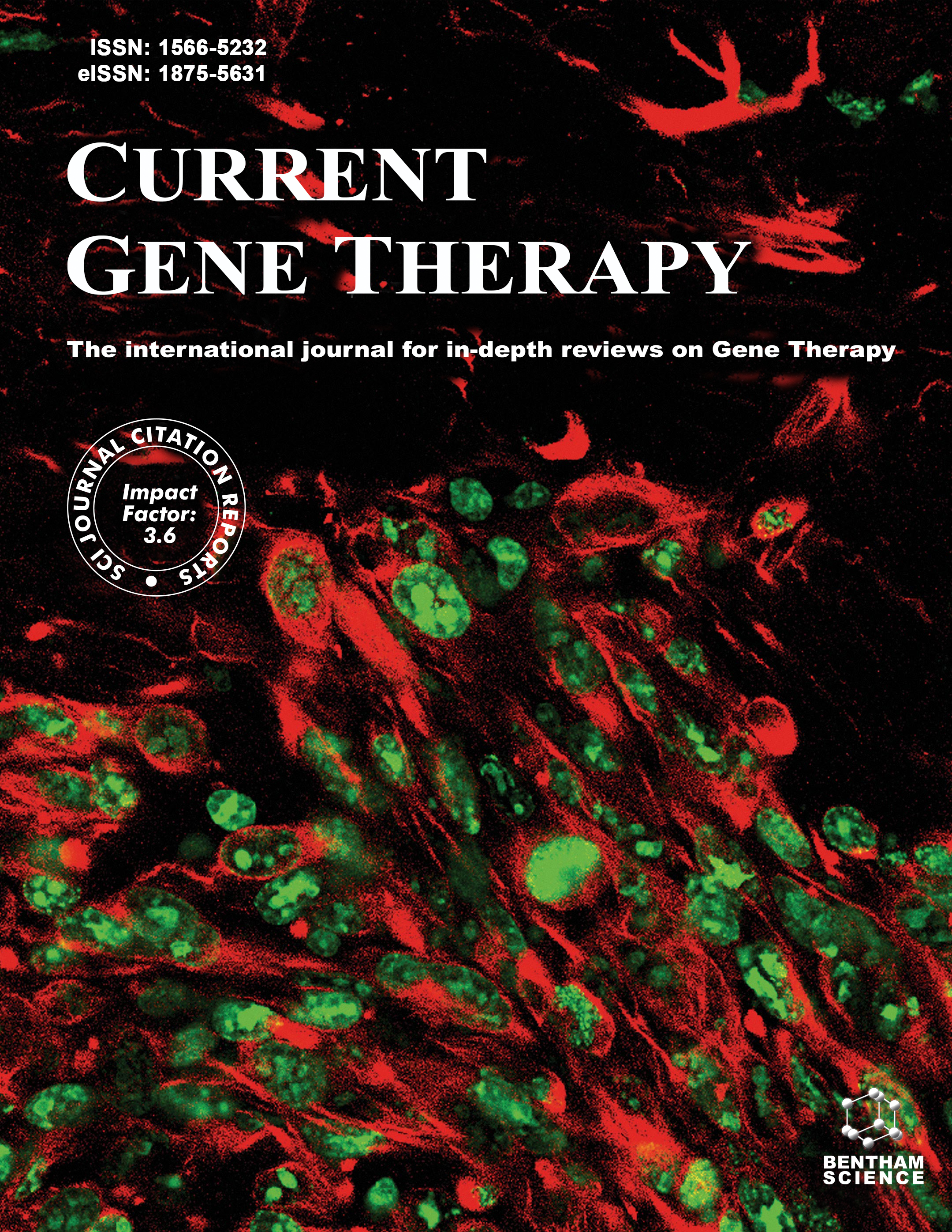
Full text loading...

Diabetic Nephropathy (DN) is a leading cause of chronic kidney disease and end-stage renal failure, highlighting the need for improved diagnostic and therapeutic strategies. This review examines the emerging roles of exosomal microRNAs (miRNAs) and epigenetic modifications in disease, with a focus on their diagnostic and therapeutic potential.
A comprehensive analysis of the current literature was conducted, focusing on exosomal miRNAs—particularly miR-21, miR-192, and miR-29—and their impact on inflammatory pathways, such as IL-6 and NF-κB. The role of epigenetic alterations, including DNA methylation, histone modification, and noncoding RNAs, in DN progression is also discussed. Techniques for miRNA detection and exosome isolation are briefly reviewed.
Exosomal miRNAs contribute to DN pathophysiology by promoting oxidative stress, inflammation, and fibrosis. Their stability and noninvasive detectability make them promising early biomarkers. Epigenetic modifications further modulate gene expression relevant to disease progression.
These molecular changes offer novel targets for early diagnosis and therapeutic intervention in DN. The interplay between miRNAs and epigenetic regulation may provide insights into disease heterogeneity and progression. However, limitations exist regarding the standardization of detection techniques and clinical translation, necessitating further research.
Exosomal miRNAs and epigenetic markers present valuable tools for advancing the diagnosis and personalized treatment of DN. Enhancing detection techniques and understanding their molecular roles could pave the way for more effective clinical applications.

Article metrics loading...

Full text loading...
References


Data & Media loading...